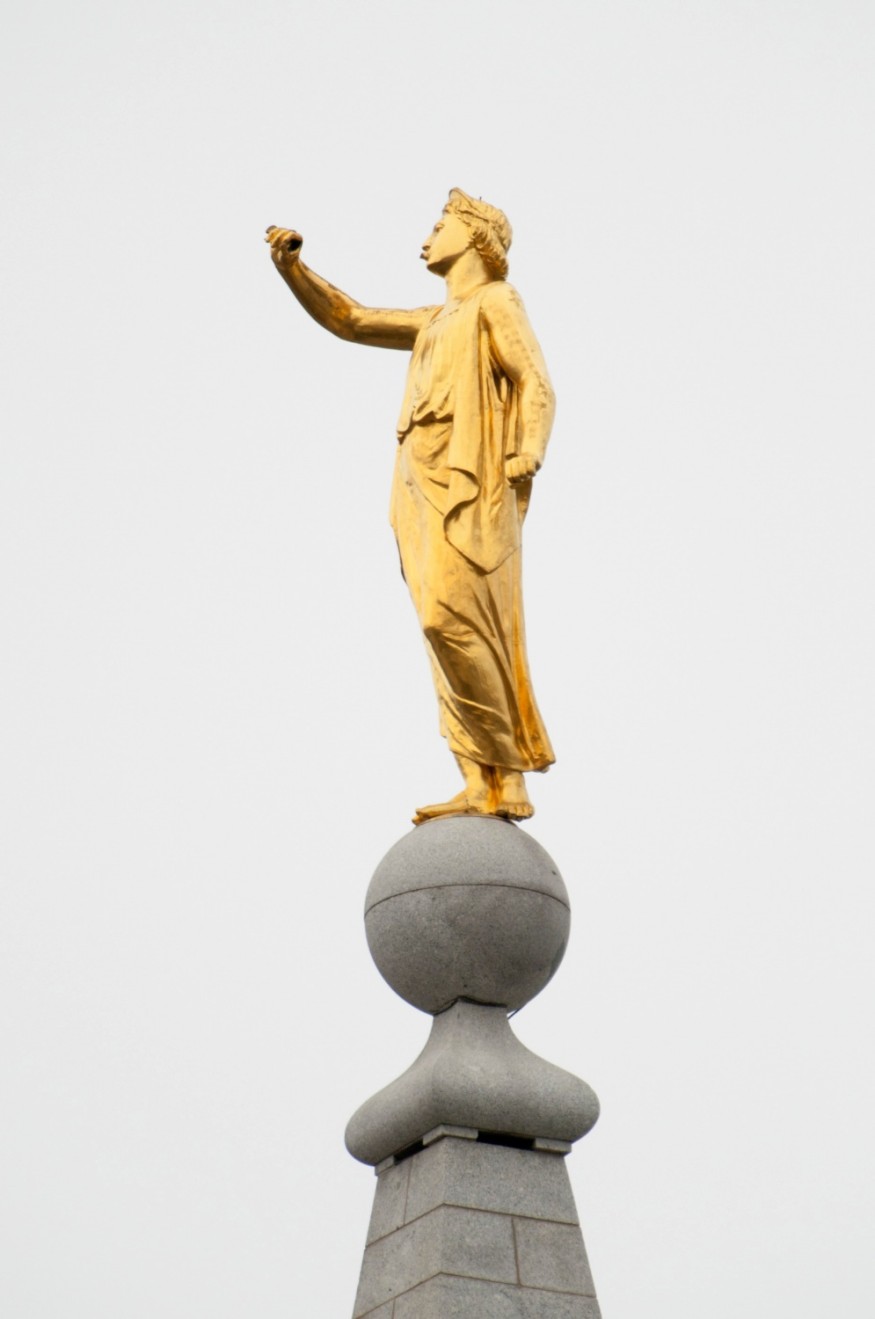
A 5.7 magnitude earthquake hit Salt Lake City, Utah, Wednesday morning. This hit caused a power outage to 73,000 thousands of residents, temporarily ceasing operations at Utah's public health laboratory, disrupting airline flight schedules, and causing panic among Utah residents that are confined at home due to coronavirus outbreak.
The epicenter of the quake was approximately two miles northeast of Magna, or 10 miles west of downtown Salt Lake City. The earthquake struck at 7:09 a.m. (9:09 a.m. ET). Utah's Division of Emergency Management reported that since 1992 when a magnitude 5.9 hit the St. George area, this is the state's most powerful quake. The depth of the earthquake was recorded six miles beneath the Earth's surface. Due to its shallow depth, intensity registered at level VII, which is considered "severe" on the Mercalli Intensity Scale.
Panic Amid Coronavirus
About 2.8 million Utah residents, mostly confined at home to avoid the spread of COVID-19 run outside the safety of their homes in fear when the earthquake struck. There was no reported injury.
The shaking lasted for 15 seconds, throwing out books, plates from shelves, swinging chandeliers, and fallen pottery. The earthquake damaged the trumpet from the hand of a golden angel statute of the Church of Jesus Christ of Latter-day Saints' iconic Salt Lake Temple. Approximately 100 people were driven from buildings and homes by damage near the epicenter in Magna. Aftershocks were felt the entire day. The tremor was also present in neighboring Colorado, Idaho, Wyoming, and Nevada.
Suspended Laboratory Operations
The state's public health laboratory operations ceased operation as the building was inspected for damage. Services will resume when the structure is determined safe. Fortunately, no samples are being tested at the time of the earthquake. No laboratory equipment was damaged during the tremor. The state's coronavirus hotline, which residents may call to seek information and request for tests, was down. Processing of COVID-19 tests is still on-going.
Black Out
Immediately after the quake, 73,000 households experienced a power outage. By the early afternoon, about 10,000 homes still have no power. Gov. Gary Herbert requested the public to stay away from the downtown area while the crew to assess the damage on structures. He urged everyone to remain at home or telework unless working in public safety or is an essential employee.
Disrupted flights
Flights to Salt Lake International Airport were diverted, outbound flights were canceled, and terminals and concourses were cleared for inspection of possible damage by the engineers. The airport resumed operations as the first flight left for Dallas before 3 p.m. on Wednesday after the assessment of damages ends. A damaged water line has also been repaired. There were no reported damages on runways and taxiways, airport director Bill Wyatt said. Incoming planes were diverted to Denver or elsewhere for the time being. A road to the airport was closed after the quake but was reopened last Wednesday.
Thousands of gallons of hydrochloric acid leaked from a broken tank at the Kennecott copper mine sending chemical plume into the air.
The roads are being checked for damage. Parts of Interstate 80 were closed for the time being for the inspection crew to assess the bridges for any damage.
According to USGS, aftershocks were recorded within 20 minutes of the quake and after that, including one aftershock, which registered 4.6 magnitudes.
© 2025 NatureWorldNews.com All rights reserved. Do not reproduce without permission.





